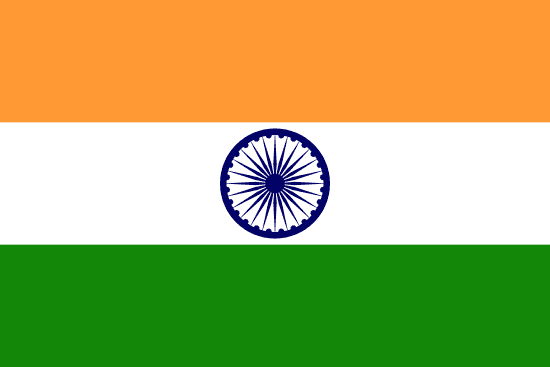"ताजनगरी | City of Taj"
About:
Agra, a city in northern India, was first mentioned in the epic Mahabharata. It gained prominence in the 16th-17th centuries under the Mughals, who built architectural marvels including the Taj Mahal, Agra Fort, and Fatehpur Sikri, all UNESCO World Heritage Sites. Agra fell to the British in the 19th century, suffering economically under colonial rule. Post-India's independence in 1947, Agra developed as a major tourist destination and industrial hub, known for its leather and handicraft industries.
When to visit:
Agra, located in the northern Indian state of Uttar Pradesh, is best visited during the winter months of November to March. The weather during this time is pleasant, with clear skies and comfortable temperatures ranging from 15°C to 25°C, making it ideal for exploring outdoor attractions such as the iconic Taj Mahal and Agra Fort. Additionally, the winter months also coincide with the peak tourist season, allowing visitors to experience the city's vibrant cultural events and festivals. It is advisable to plan your visit in advance and book accommodations early to ensure a smooth and enjoyable holiday experience in Agra.
When to avoid:
The worst time to travel to Agra, India on a holiday is during the summer months of April to June. Agra experiences extremely hot temperatures during this time, with temperatures often exceeding 40 degrees Celsius (104 degrees Fahrenheit). The intense heat can make sightseeing and outdoor activities uncomfortable and challenging for visitors. It is advisable to avoid traveling to Agra during this period and instead opt for the cooler months of October to March for a more pleasant and enjoyable experience.
Winter Season (Dec-Feb)
In Agra, the coldest portion is from November to February, with temperatures ranging from 7°C to 22°C. December and January can be particularly chilly. Rainfall is scarce, but foggy mornings are common, often reducing visibility. The wettest period is during the monsoon season from July to September. Rainfall can reach up to 800mm, leading to occasional flooding. Cloud cover is prevalent, with limited sunlight. An average day for a visitor during these periods may involve chilly or wet mornings, followed by mild or humid afternoons. Sightseeing can be hindered by fog or rain.
"Summer (April-June)"
The warmest part of the year in Agra, India, occurs from April to June, with temperatures typically ranging between 40°C (104°F) and 45°C (113°F). Rainfall is generally low during this period, as the monsoon season doesn't start until late June. However, sudden, short showers can occasionally occur.
Sunlight is abundant, with an average of 13 hours of daylight per day. The humidity is relatively low, usually around 30-40%, but it can increase in the lead up to the monsoon season. Cloudiness is minimal, with clear, blue skies being the norm.
A typical day for a visitor during this period would feel intensely hot, especially during the afternoon hours. The heat can be dry and relentless, making outdoor activities challenging, particularly for those not accustomed to such high temperatures. It's advisable to wear light, breathable clothing, stay hydrated, and avoid direct sunlight during peak hours. Air-conditioned indoor activities or sightseeing in the early morning or late evening when the sun is less intense would be more comfortable.
Language:
In Agra, the most commonly spoken language is Hindi, specifically the Braj Bhasha dialect. This dialect is native to the region and is widely used in everyday conversation. Additionally, English is also spoken, particularly in sectors related to tourism and education. Urdu, due to historical influences and a significant Muslim population, is also spoken by a portion of the population.




